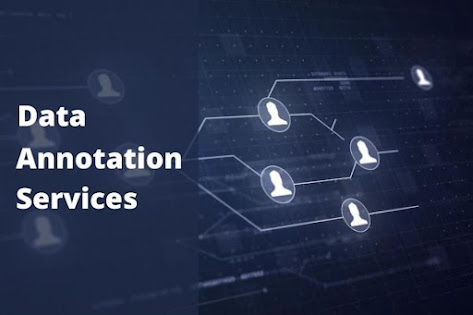The Future of AI Training: Innovations in Image Annotation Services
I. Introduction
Artificial Intelligence (AI) training is a foundational process that involves teaching AI models to understand and interpret the world as humans do. At the heart of this training process is image annotation, a method where labels are assigned to parts of an image, making them identifiable to machines. This process is crucial for developing AI models that perform tasks ranging from recognizing faces to navigating roads autonomously. In fields such as autonomous driving, healthcare, and facial recognition, the precision and reliability of image annotation services directly influence the performance and safety of AI applications. As we look toward the future, innovations in image annotation services are poised to revolutionise how AI systems are trained, making them more efficient, accurate, and versatile.
II. Current State of Image Annotation
Image annotation today encompasses a range of techniques from manual labelling by human annotators to semi-automated tools that require less human intervention, and fully automated systems powered by preliminary AI models. Despite advancements, the industry faces significant challenges, including the scalability of annotation projects, maintaining high accuracy levels, and managing the costs associated with labour-intensive manual annotations. These challenges highlight the need for innovative solutions to enhance the image annotation process.
III. Technological Innovations in Image Annotation
Recent advances in machine learning algorithms have begun to address these challenges, significantly improving annotation accuracy while reducing the need for exhaustive human effort. Deep learning, in particular, has been a game-changer, enabling more sophisticated image recognition and annotation capabilities. This includes the ability to annotate complex images such as 3D models in virtual environments or detailed medical imaging, providing richer datasets for AI training.
IV. Integration of Crowdsourcing and Community Involvement
Crowdsourcing platforms have evolved to become more effective for image annotation by engaging a diverse community of annotators. This diversity enhances the robustness of training datasets, allowing AI models to learn from a broader spectrum of perspectives. However, integrating community involvement raises ethical considerations, necessitating stringent quality control measures to ensure the reliability of annotated data.
V. Enhancing Efficiency through Automation and AI AssistanceThe development of AI-assisted annotation tools represents a significant leap forward. These tools, equipped with learning capabilities, continually refine their annotation accuracy over time, reducing the need for human correction. Automation in annotation not only slashes time and costs but also maintains a high standard of quality. The key lies in finding the optimal balance between human oversight and AI autonomy to ensure that annotations are both accurate and ethically sourced.
V. Enhancing Efficiency through Automation and AI Assistance
VI. Ethical and Privacy Considerations
As image annotation involves handling vast amounts of potentially sensitive data, addressing privacy concerns is paramount. Implementing robust ethical guidelines and ensuring the anonymization of personal data in images are crucial steps in safeguarding privacy. These measures are especially critical in sensitive fields like healthcare, where patient confidentiality must be maintained.
VII. Future Applications and Impacts
The future of image annotation is set to broaden the scope of AI applications significantly. Enhanced annotation techniques will enable AI systems to contribute more effectively to fields like environmental monitoring and disaster response, where understanding complex visual data is key. As annotation services evolve, they will play a crucial role in developing AI systems capable of interacting with the physical world in more nuanced and meaningful ways.
VIII. Conclusion
Image annotation is at the core of the ongoing evolution in AI technologies. As we have seen, the field faces numerous challenges but also stands on the brink of transformative innovations. The continuous innovation in annotation services is vital to keep pace with the rapidly advancing field of AI. There is a clear call to action for researchers, developers, and businesses to invest in the future of image annotation, ensuring that AI can reach its full potential in enhancing human lives.
This article highlights the current state, challenges, and future directions of image annotation, emphasising the need for innovation and ethical practices in the development of AI technologies.
.png)




Comments
Post a Comment